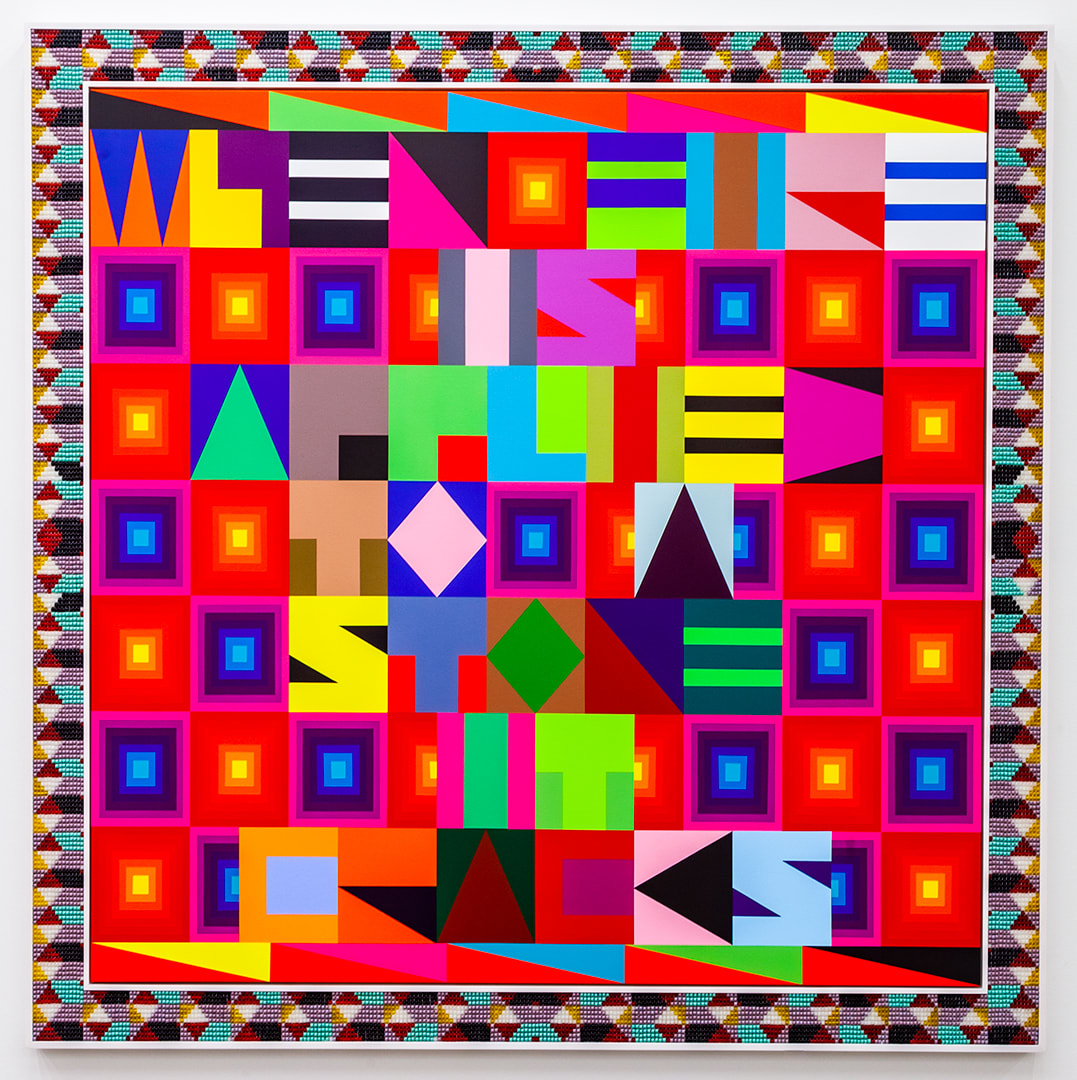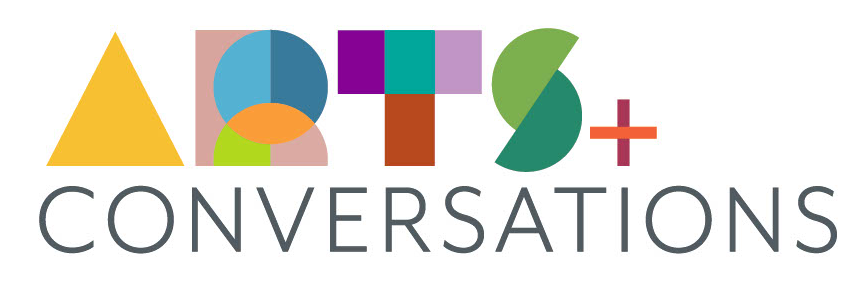Jeffrey A. Gibson is a Mississippi Choctaw-Cherokee painter and sculptor from the United States, based in Hudson, New York.
Early life
Born in Colorado, as a child his family moved frequently. As a youth he lived in (Germany) and Korea. Important to his role as an artist, press releases state that “This unique combination of cultural perspectives and exposure are essential to understanding Gibson’s artworks that combine and transform seemingly disparate references drawn from both Western and non-Western sources.”
Education
Gibson earned his Bachelor of Fine Arts from the Art Institute of Chicago in 1995. In 1998 he received his Master of Fine Arts from the Royal College of Art, sponsored by the Mississippi Band of Choctaw Indians. Gibson remarked on this opportunity provided for him: “My community has supported me … My chief felt that me going there, being a strong artist, made him stronger.
He is currently an Artist in Residence at Bard College and teaches in Studio Art. In 2010 he was a visiting artist at the California College of the Arts. He lives and works in Hudson, New York.
Utopia was important for me to envision and relates to my being Native American and having grown up solely in a Western consumer culture. My desire to act out the role of an explorer depicting an inviting landscape, via painting and specimen retrieval, was a reaction to Native tribes’ being consistently described as part of a nostalgic and romantic vision of pre-colonized Indian life. The aesthetic of these paintings and sculptures came from turn-of-the-century Iroquois whimsies, contemporary and historic powwow regalia, cultural adornment of non-Western cultures, techno rave and club culture, and earlier utopian models.
— Jeffrey Gibson
Influences
Gibson pulls influences from events that revolve around dancing, pulling inspiration from Leigh Bowery and his dramatic nightclub persona. Pow-wows, nightclubs, and raves provide contrasts as rural and urban venues, serving as spaces for dancing, movement, and dramatic fashion/regalia. Keeping with regalia, 19th-century Iroquois beadwork also provides inspiration, as colorful beads often find their way into Gibson’s artworks. Gibson also provides his own spin on graffiti, which is seen frequently in his works.
He also credits his nomadic lifestyle as a major influence, bringing together what he describes as:
… varying aesthetics of each place. Some have had specific cultural aesthetics, language barriers, cultural barriers, etcetera. These differences funnel through me, a queer Native male born toward the end of the 20th century and entering the 21st century. I consider this hybrid in the construction of my work and attempt to show that complexity.
Creation process
In order to keep regular studio hours, Gibson prefers to work between the hours of 10 am and 6 pm. His computer, cell phone and a movie are generally at his reach if a break is needed while working. Music usually plays in the background, sometimes random, sometimes a specific record with genres ranging from African funk, jazz, punk, pop music, rap, R&B, disco, as well as East Indian drumming.
Reception
Gibson’s abstract works have been compared to artists such as Martin Johnson Heade, Cy Twombly, Chris Ofili, and Indigenous Australian art. Artist and poet Jimmie Durham declared that Gibson “might be our Miles Davis”, our referring to Native America. While some celebrate him as a Native artist, others celebrate his ability to move freely in and out of Native and non-Native contemporary art worlds.




